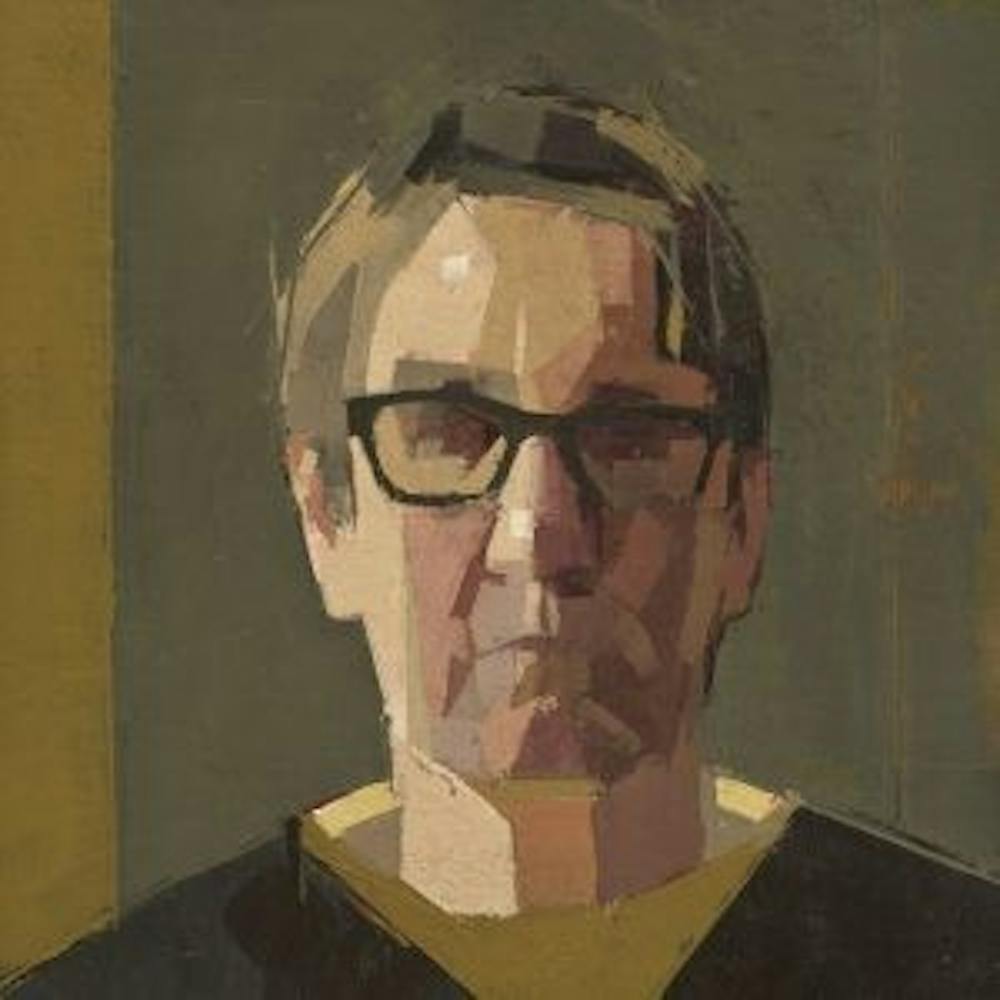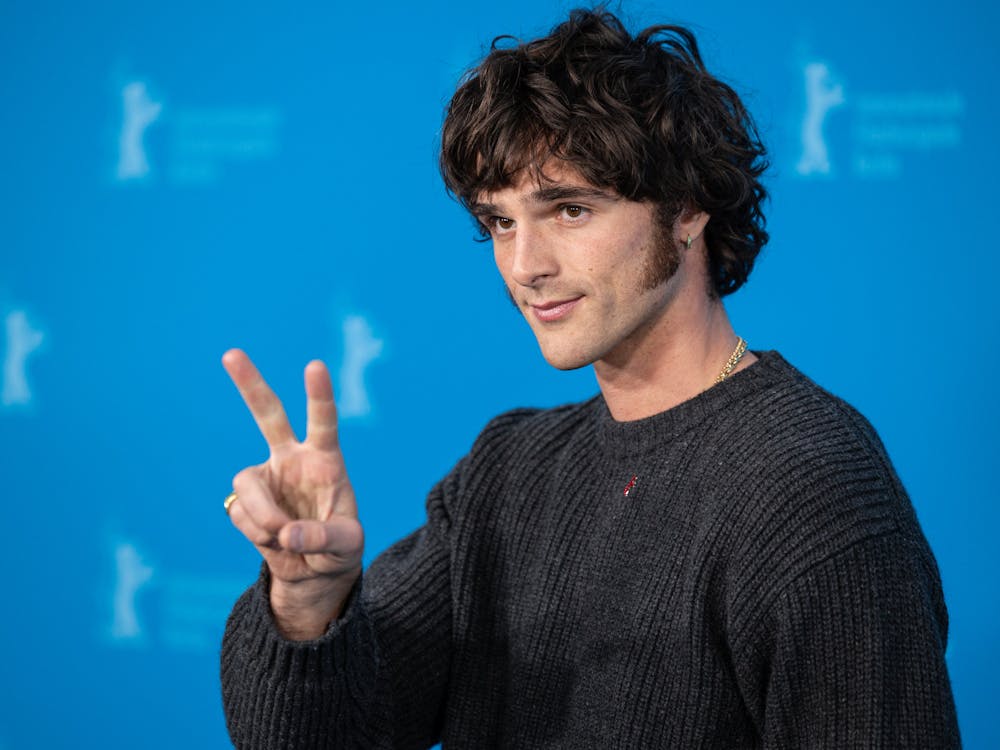Next Thursday, Oct. 27, the Hopkins’ Center for Visual Arts will co-sponsor a talk by representational painter Catherine Kehoe about her work. The talk is free and open to all students, as well as the general public.
Catherine Kehoe is an award winning painter based in Boston. She is well-known for her self-portraiture and still life, particularly for her striking implementation of color. She teaches drawing and painting at Massachusetts College of Art and Design.
In an email to The News-Letter, Kehoe wrote about her work, which she will discuss at greater length during her presentation.
“The still life paintings are about visual ideas,” Kehoe wrote. “Usually it has nothing to do with narrative or metaphor. I have the objects at hand and move them around until they spark some interest.”
“It takes a long time for me to see through my thoughts to what is before my eyes,” she wrote. “What drives my still life has very little to do with the subject of the painting. It has to do with those moments when the scales fall from my eyes and I see what is in front of me.”
Craig Hankin, the director of the Center for Visual Arts, has been engaged by Kehoe’s paintings for years.
“She breaks down reality and recreates it, reconstitutes it through her own vision,” he said. “You can feel her eye, her hand and her intelligence at work on the surface of those paintings.”
“Still life is a world at arm’s reach, over which I have control,” Kehoe wrote. “It does not move or change, giving me a chance to take my time to see what I can see.”
“She is still wrestling with many of the same issues and concepts that artists have been thinking about, certainly when it comes to the representation of a reality that a lot of people might miss because they are ordinary, utilitarian objects and forms,” Hankin said.
“She does what all great artists do: They get us to look at the world in a fresh way,” he continued. “It’s interesting for painters who are outside the mainstream now in a world of digital art, video art and installation art — art that’s often mostly about ideas rather than things, the palpable, tangible world. We’re these dinosaurs who still like to get our hands dirty pushing colored mud around with a brush. It’s primitive, in a way.”
Hankin said that Kehoe’s work conveys anything but primitiveness.
“It is so visually smart and sophisticated and elegant. We need voices and eyes like hers to keep us on our toes.”
The reflective nature of Kehoe’s process is evident not only in her still life but also in her self-portraits.
“I don’t have to please myself with a likeness, or flatter myself,” she wrote. “The self-portraits are entirely unselfconscious. Once I begin painting, I quickly forget that I am looking at myself.”
Kehoe addressed her tendency toward self-portraiture.
“I enjoy painting portraits,” she wrote, “but can’t deal with the distraction of the presence of someone in my studio.”
Indeed, she seems to have always worked independently.
“I was not a good student,” Kehoe wrote. “I was stubborn and kept to my own ideas and interests. I did not trust that my teachers had my best interests at heart. Maybe I would be a better painter today if I had been more open to suggestions as a student.”
Despite her relative obstinance as a student, Kehoe’s autonomous method has led her to achieve great artistic success.
“I still listen more to my voice within,” she wrote, “and am not interested in the opinions of others. I trust my interests and desires to lead me to work that is my own.”
“As a teacher,” she continued, “I ask myself what is the best I can offer my students. Usually that involves the fundamentals that are so rarely taught in art school. I think I am able to convey to my students that I am bringing my best, what I believe in.”
Hankin hopes students will benefit from her unique pedagogical perspective.
“I’m most excited that our students get a chance to spend a little face time with one of the top representational painters in America,” he said. “That opportunity doesn’t arise often enough.”
“I hope my own experience, struggle and search will strike a chord with painting students,” Kehoe wrote. “I hope they come away with the feeling that a painter’s life is worthwhile, and that, if one must paint, one finds a way.”
Catherine Kehoe is visiting Hopkins on Thursday, Oct. 27, to give a talk entitled Not What You Think. The presentation, in which she will talk in-depth about her work as an artist, is scheduled for 5:30 p.m. at Mattin Center, room 101.
Not What You Think is one of many presentations of its sort held across campus during the current school year.





